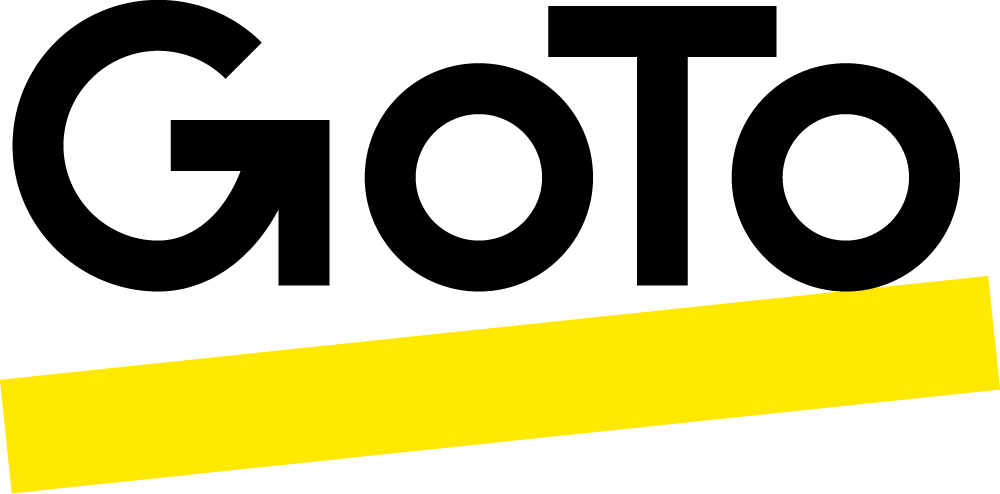Infonetics forecasts that the Unified Communications as a Service (UCaaS) market will be an $88B market by the year 2018. Gartner projects it to be a $92B market by 2018. That’s a lot of zero’s — 88,000,000,000. So why all the hype around UCaaS?
Let’s start with the basics.
What is UCaaS?
The “aaS” stands for “as a service,” meaning that Unified Communications (UC) is offered as a service via the cloud, as opposed to buying equipment and maintaining the software inhouse. It is no longer necessary to buy a whole bunch of equipment and install it in your building. In addition to installation, your new equipment may also require a rack to hold it, special temperature controls to protect the expensive equipment, maintenance, upgrades, etc.
When your service is hosted in the cloud, all of those capital expenses and headaches go away. Your service provider takes care of all the hassle for you and delivers the service over your Internet connection—so you access it from a web page. You get all the benefits with none of the strenuous effort.
What about the “UC”?
Gartner defines Unified Communications as a Service as a system with the following features:
- Voice and telephony, including mobility support.
Cloud VoIP, sometimes called Cloud PBX or Hosted VoIP or Hosted PBX or … well, you get the picture. All of these terms refer to a phone system for your business—not just a simple “dial-tone” phone system, but a phone system with features typically only found in an enterprise-class phone system. The definition, in keeping with our mobile society, includes mobility support. This category also includes softphones, or phones that run on our computers.
- Conferencing, including audio conferencing, video conferencing, and web conferencing.
We are all familiar with conference bridges or other forms of audio conferencing. Video conferencing refers specifically to point-to-point or point-to-multipoint video calls. Skype is a well known provider of video conferencing.
Web conferencing refers to a service that enables conferencing events. Typical events are webinars, interactive conferences, and online workshops. These are also categorized at broadcast style conferences. WebEX, Join.Me, and GoToMeeting are examples of web conferencing. Now, imagine conferencing seamlessly integrated with your voice and telephony system, including integration with your mobile devices. This is the power of Unified Communications.
- Messaging, including email with voicemail and unified messaging (UM).
Most of us are familiar with capturing a voicemail message and sending it to our email—the message can even be transcribed so we can read it. As the term implies, unified messaging takes all types of messages—email, SMS, fax, voicemail, video messaging, and so on— and unifies them into a single interface that can be accessed from any device.
- Presence and instant messaging (IM).
Presence allows you to see the status of anyone on your phone system at any time. You can see if the user is on another call, away from his or her desk, and even gone for the night. And instant messaging is, of course, sending messages instantly. Now imagine this capability seamlessly integrated with your phone system. Are you starting to catch the excitement around unified communications?
- Mashups.
These are other applications that can be seamlessly integrated with the phone system. Imagine using a Customer Relationship Manager (CRM) and the phone rings. The record of the incoming caller is instantly brought up with all the account notes as well as a new one ready to be updated. There are many mashups that can be imagined, from CRMs to Contact Center, to Accounting and Billing systems. All of these can be seamlessly integrated with your phone system.
Bringing it all together
Unified Communications is exactly that. Any way and every way we communicate is all integrated seamlessly into a single system and interface that works on desk phones, computers, and mobile devices. None of this has to be managed or maintained by the business owner; the system is totally maintained and updated in the cloud by the provider.
Now, for the catch. You were waiting for this: I have no idea how to pronounce UCaaS. From a marketing perspective, an $88B business could have come up with a simpler name or acronym!





